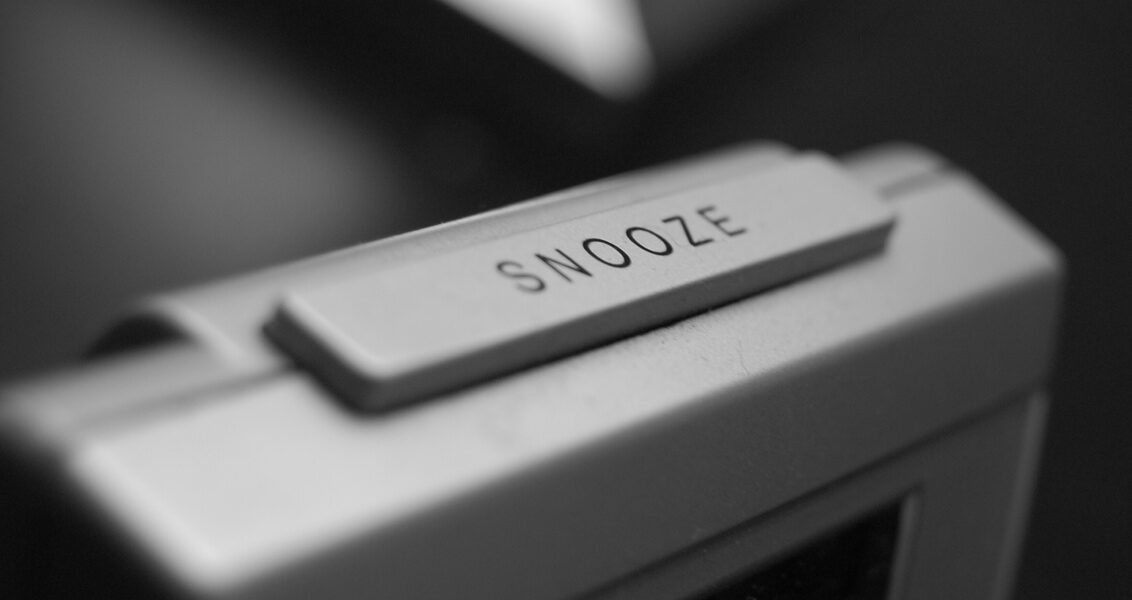
We all have trouble getting out of bed some mornings. But if you’re reaching for the snooze button not because you’re trying to squeeze in a few extra winks, but because you’re dreading those first few stiff, painful steps, then there’s a good chance you’re suffering from a common foot injury known as plantar fasciitis.
Tiny tears in the bands of connective tissue that run along the base of the foot—a.k.a. the plantar fascia—cause the signature heel and arch pain associated with this condition. This tissue, made of a rigid protein called collagen, isn’t very flexible—which makes it super prone to injury, especially with overuse. In fact, plantar fasciitis is particularly common in distance runners who’ve bumped up their weekly mileage too quickly or introduced more speed or hill work than they can handle.
While many runners have conditioned themselves to simply run through any aches and pains, this is one injury you definitely don’t want to ignore. The worse the inflammation becomes, the longer it will take to recover. (If you’ve already had pain for more than three to six weeks, it’s probably time to seek professional help from a physical therapist.) That’s why it’s crucial that you begin self-treatment from the moment you notice the first twinge of pain. With that in mind, here are five home remedies you can try today:
1. Flex that Foot
One of the first—and easiest—things you can do to help alleviate plantar fasciitis pain is to actually stretch the plantar fascia. To do so, start by sitting cross-legged. Then, rest the affected foot on the opposite knee and, using the hand on your affected side, pull your toes back toward your shin. You should feel a stretch in your arch. This also is a good position for massaging the arch, which you can do by applying pressure with your thumb and slowly sliding it up and down the length of your foot.
2. Lean in
Tightness in the calf and Achilles tendon can lead to—or compound the effects of—plantar fasciitis. To loosen things up in this region, stand with your palms against a wall, slide one leg back, and keep that leg straight as you bend your forward knee and lean in to the wall. Try holding that for 20 to 30 seconds. For an even deeper stretch, slightly bend your back leg at the knee.
3. Get on the Ball
You probably don’t make it to the driving range nearly as often as you’d like, but now you finally have a use for that bucket of golf balls collecting dust in the garage. Massaging the injured tissue can help loosen the plantar fascia, and one of the easiest ways to do this is to place a golf ball underneath your foot and slowly roll it from your heel to your toes. The more weight you put on your foot, the more intense—and deeper—the pressure will be. Yes, it will hurt, but as with any good sports massage, the payoff will be well worth the pain.
4. Sleep it Off
The connective tissue in the foot contracts overnight, which is why plantar fasciitis sufferers often feel the worst pain when they first step out of bed in the morning. To keep your plantar fasciitis pain from becoming a nightmare while you dream, you might want to try using a night splint. Such devices put your foot in a continuous static stretch, preventing the plantar fascia from tightening up as you sleep.
5. Chill Out
As you probably already know, one of the first rules of First Aid 101 is that ice helps reduce inflammation. To combat the inflammation that comes with plantar fasciitis, try rolling your foot over a frozen water bottle. (I’ve found that bottles with textured surfaces are especially effective.) As with the golf ball massage exercise, the more weight you are able to put on your rolling foot, the more intense the effect will be.
If you start these self-treatments early enough, you just might be able to kick plantar fasciitis to the curb before it puts you on the sidelines. But, as I mentioned above, if heel and arch pain have derailed your training program—and your life—for more than a month, then starting a physical therapy program is the best (and fastest) way to get yourself on the road to recovery.


